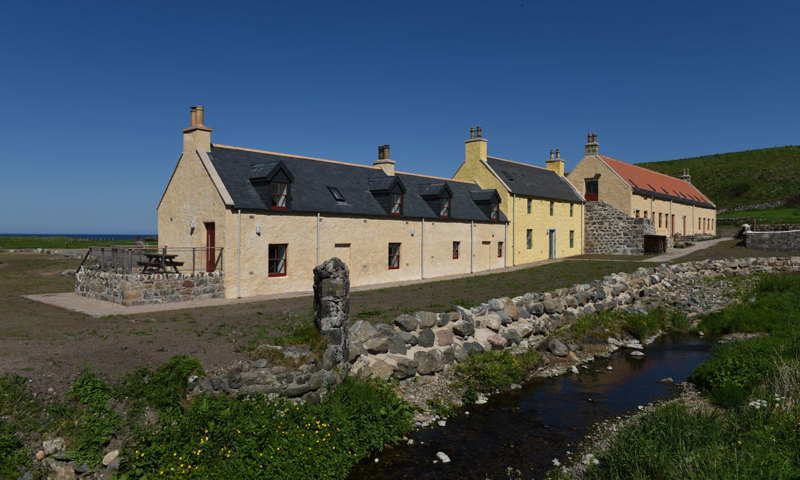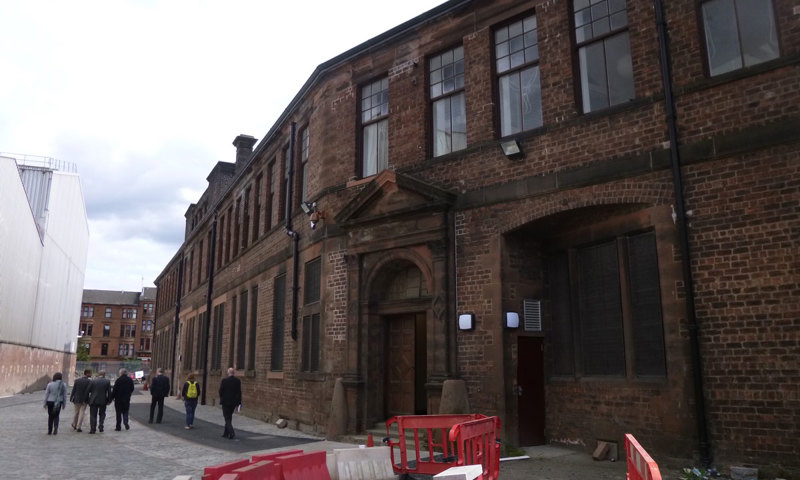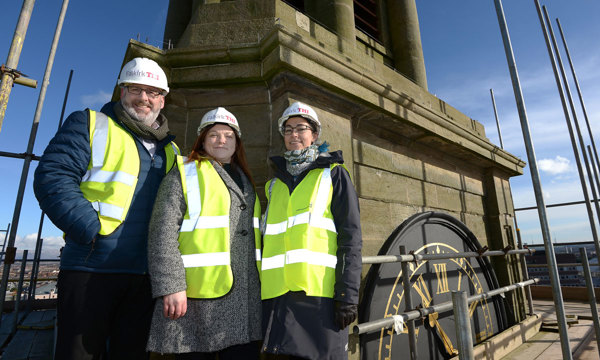1 Overview
There are lots of options for community bodies looking for ways to pay for what they plan. Which means it can be hard to know where to start.
Not all ways of generating income will suit every community body or every project. It's a good idea to lay out what your goal is, what you are going to do and who will benefit from it. That will help you to narrow down options for how to cover your costs.
We've pulled together information on a few ways for getting the money and other resources you need:
- Toolkits
- Web portals to search for grants and funds
- Funding sources for specific activities or audiences
- Fundraising
Find all the information you need in our handy pack.
The first thing to check for grants and funds you look into is whether or not you are eligible. You don't want to spend time filling out an application form for something your community group can't get.
If you're not sure, or you need a hand with the application process, don't feel alone. Grant-giving bodies usually tell you how you can arrange to speak with a member of their staff.
Sometimes they arrange sessions where you can meet other community members who have been successful in applying to them for funding. It is always helpful to share experiences with other community groups and organisations.
Learn about our grants and funding. The right grant for you might depend on what type of building or historic site you're dealing with, as well as how big your project is.
On the next pages, you can read about a few examples of communities successfully gaining funding.
2 Case study: Portsoy Sail Loft
Portsoy in Aberdeenshire hosts the Scottish Traditional Boat Festival. Each June, the event attracts around 20,000 people from all over the world.
The project
The local community saw the potential to enhance Portsoy's unique selling point. They wanted to find opportunities for people to be involved in traditional boat building throughout the year.
Their plan was to run residential courses on boat-building. They market-tested the idea with success. But they knew to make it viable - and to make sure it contributed as much as possible to the community -the course participants would have to stay locally.
They needed new accommodation.
The funding
The Sail Loft Bunkhouse project was led by North East Scotland Preservation Trust, in partnership with Portsoy Community Enterprise. They got support from the Heritage Lottery Fund Heritage Enterprise Scheme and the Coastal Communities Fund. They also received a grant from us, via the Portsoy Conservation Area Regeneration Scheme.
With that money, they repaired a group of 18th century buildings, and converted them into 4-star bunkhouse accommodation. The buildings are listed, and had previously been on the Buildings at Risk Register.
On top of financial support, we also gave advice on the detailed design of the bunkhouses. This included the exterior restoration and an internal fit out to address concerns about the risk of flood for the building. We even reported on it to the Scottish Government in our Planning Performance Report that year.

The Sail Loft Bunkhouse Project was led by North East Scotland Preservation Trust, in partnership with Portsoy Community Enterprise.
3 Case study: Central Govan Action Plan
Govan has had its good times and its bad times. Once more prestigious than Glasgow, it suffered badly when heavy industry left the area.
The Central Govan Action Plan was set up in 2006 to start the process of reviving Govan's past glory. It is a community-led partnership and investment framework. The Steering Group was made up of local residents, community organisations, council elected members and public agencies.
Govan Cross Townscape Heritage Initiative is a grant-giving programme funded by Glasgow City Council, Heritage Lottery Fund, and Historic Environment Scotland. It has helped to fund many of the projects identified in the action plan.
Protecting the past
Over £3 million of grants have supported the successful repair and reuse of key historic buildings that were vacant or underused.
The first large project was converting a former police station, which had fallen out of use. It's now been turned into offices for small businesses, and a space for local support services.
The Pearce Institute, one of the most important buildings in Govan, has been refurbished, and now has rooms for hire for community groups. The B-listed Lyceum cinema is now back in use as a community-owned concert and events venue.
Planning for the future
More recently, the steering group has focused on realising the potential of Govan's waterfront. The first step has been creating a masterplan for the strategically important Water Row site. This is a key location for development, with the potential for over 200 new homes and over 3,550 square metres of commercial space.
A cultural destination
The A-Listed Govan Old Church has been earmarked as a major cultural destination. It houses the Govan Stones - the unique collection of early medieval stones carved in the 9th to the 11th centuries, which are nationally important.
There is also a dedicated heritage centre at the former Fairfield Shipyard Offices. They offer activity spaces for informal meetings, talks, films and other community events.
This huge project has Govan's heritage at its heart. Its historic buildings and places are being brought back to life, and offering new life to the town. The community has been involved at every level - helping to set the agenda, and to deliver it. The projects continue to create new community spaces, bring in visitors and income, and promote pride in local heritage.

The former Fairfield Shipyard offices in Govan were renovated, and brought a dedicated heritage centre to the Govan area.
4 Case Study: Dalkeith Corn Exchange
The Corn Exchange is a key historic building in Dalkeith. We consider it nationally important, and we've listed it at Category A. Like most corn exchanges, it has had multiple different uses since it was built in the mid-19th Century.
For quite a while more recently, it was used simply for storage, then stood empty. Its condition deteriorated, and it was put on the Buildings at Risk Register.
The proposals
Proposals came forward for the building's conversion into offices for the Melville Housing Association. The scheme also included a permanent museum for Dalkeith, run by Dalkeith Heritage Society. It also offers rooms for community meetings and events.
We recognised the opportunities presented for the positive re-use of the building and the community focus of the scheme for Midlothian.
Our support
We issued a Building Repair Grant of almost £150,000 towards the cost of the scheme. This reflected the importance of the building, and the fact that it was currently at risk.
We engaged with the architects as they developed their plans. We offered advice on the detailed design of elements, and helped the architects find ways round complicated issues.
The scheme won the 2017 RIAS Award for Conservation and Climate Change. It's a great example of how old buildings can provide unique spaces and meet modern needs.

